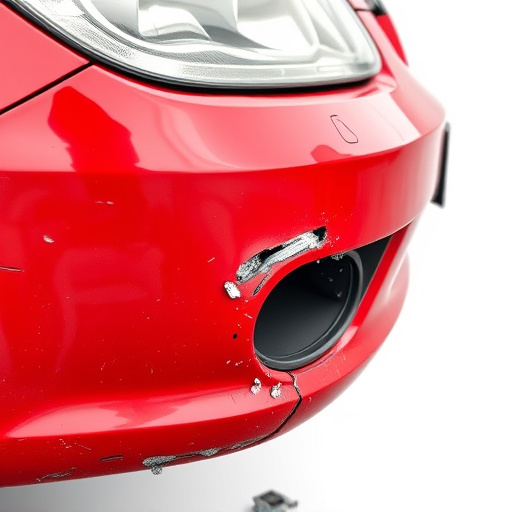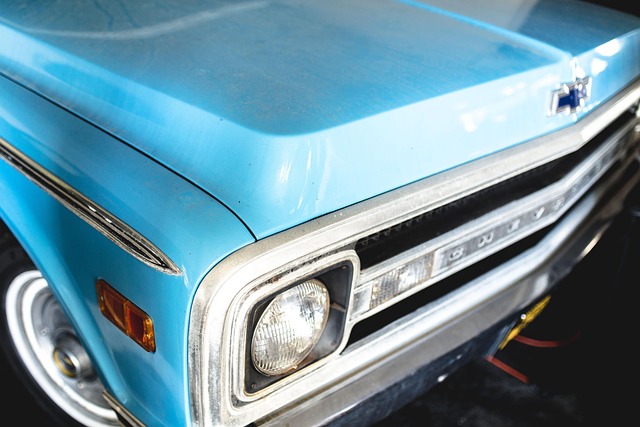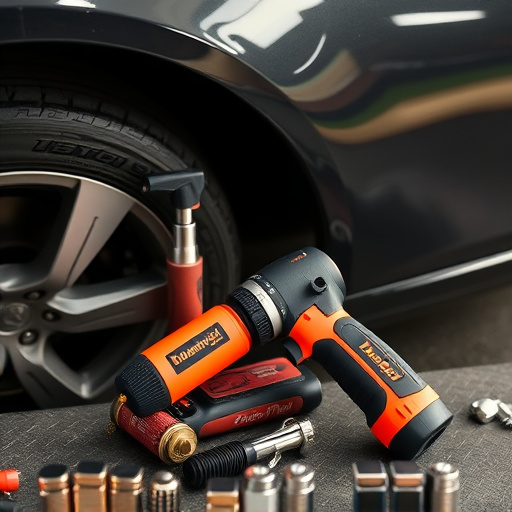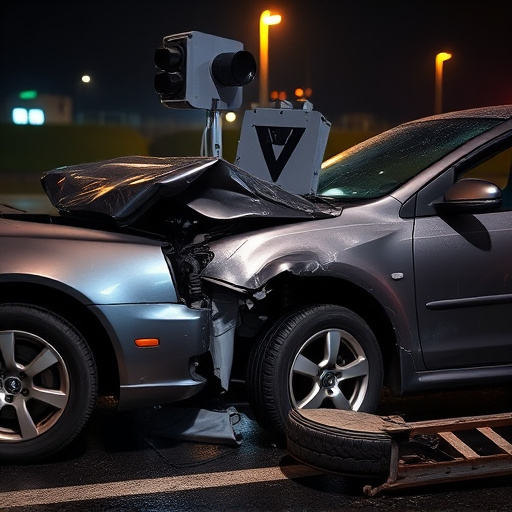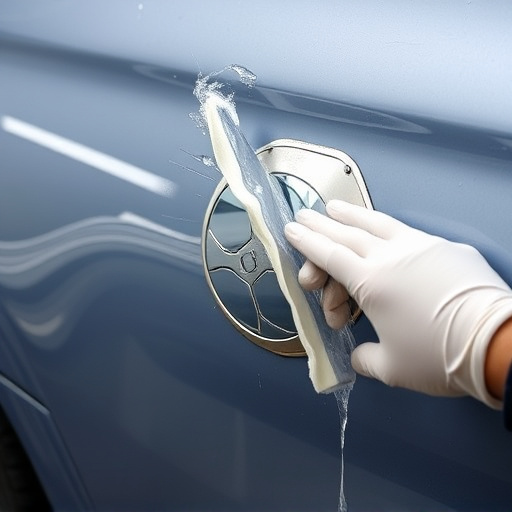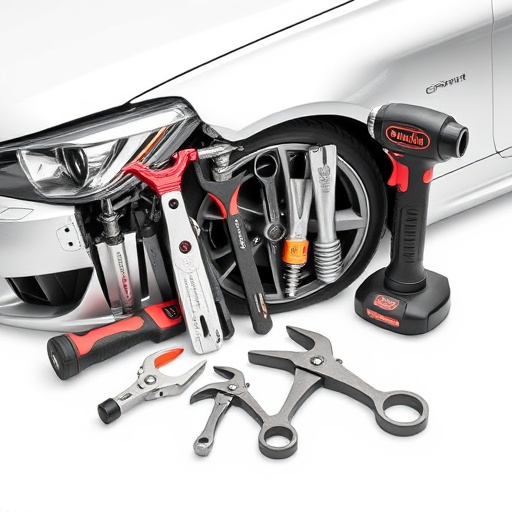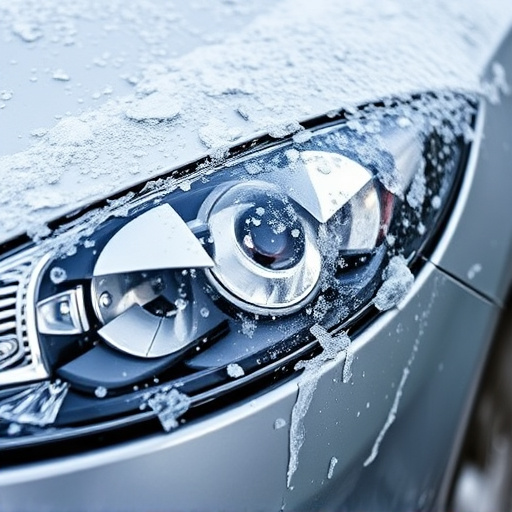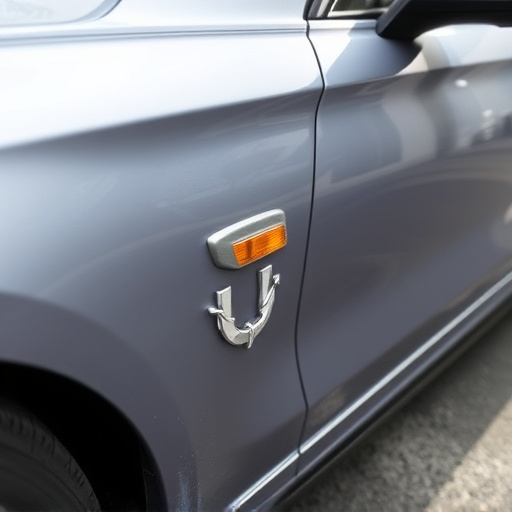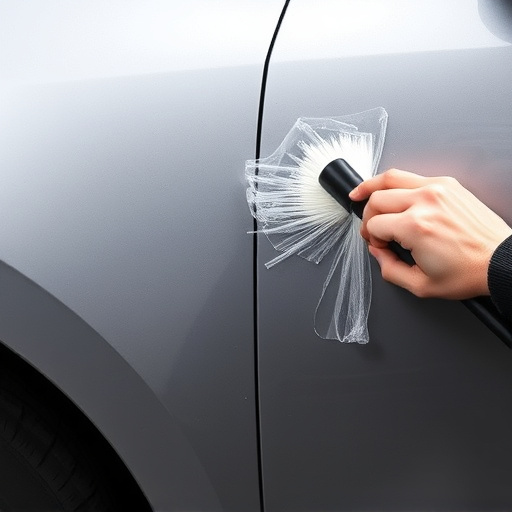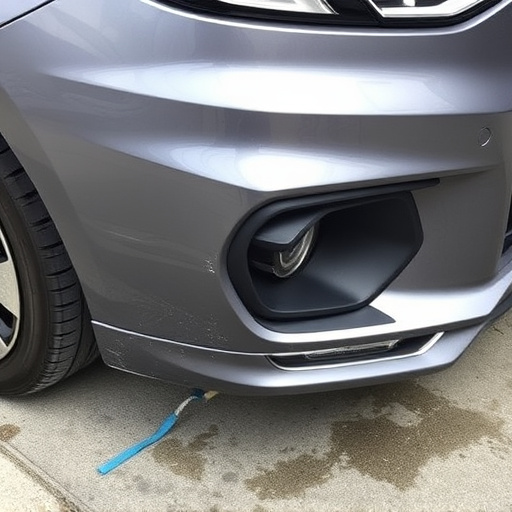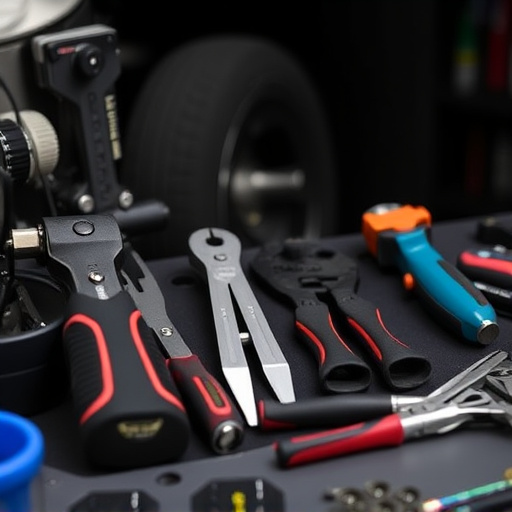Hail damage assessment protocols are crucial for auto shops, using advanced tools and staff training to accurately identify and document damage on vehicles like Mercedes Benz. Modern technology, including diagnostic tools, cameras, and 3D scanning, revolutionizes inspections, enhancing precision, efficiency, and quality control in hail damage repair processes.
Hail damage can be devastating for businesses, but accurate inspections are key to effective repairs. This article explores how shops navigate the complexities of hail damage assessment through established protocols, staff training, and technology. By understanding these methodologies, businesses can ensure every aspect of the repair process is precise, leading to higher customer satisfaction and reduced costs associated with hail damage repair.
- Understanding Hail Damage Assessment Protocols
- Training Staff for Consistent Evaluation
- Utilizing Technology for Precise Repairs
Understanding Hail Damage Assessment Protocols
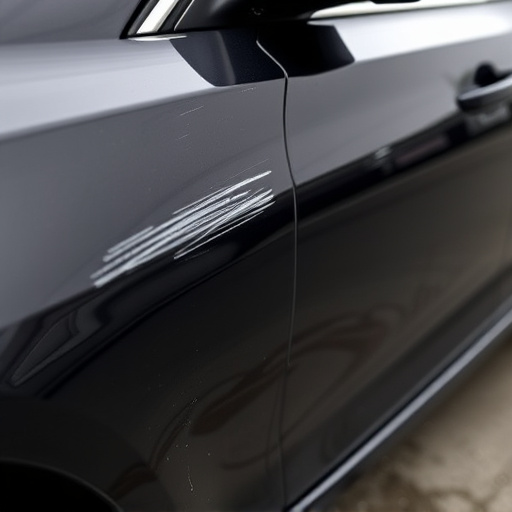
Hail damage assessment protocols are crucial procedures followed by auto collision centers and auto repair shops to accurately identify and document the extent of hail damage on vehicles. These protocols typically involve a systematic inspection process where trained technicians carefully examine every inch of the vehicle, from the exterior panels to the interior components. By adhering to standardized guidelines, they can effectively navigate the labyrinthine process of determining repair needs.
During an inspection, auto collision centers and auto repair shops employ various tools and techniques to assess hail damage. This may include visual examination, use of specialized lighting to uncover hidden dents or damage, and even advanced technology like 3D imaging or computer-aided measurement systems. By employing these methods, they can accurately identify both visible and latent hail damage, ensuring that no part of the vehicle is overlooked during the repair process.
Training Staff for Consistent Evaluation
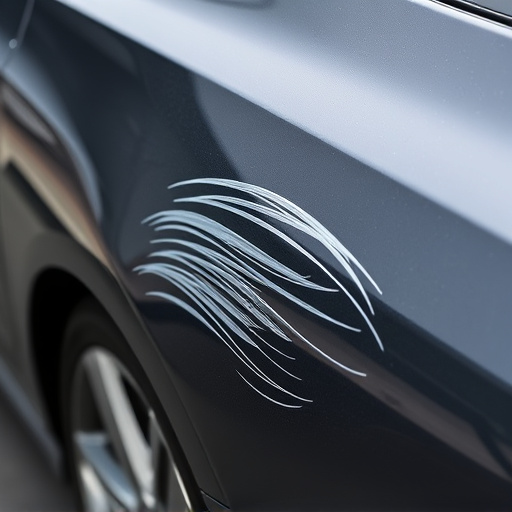
To ensure consistency during hail damage repair inspections, shops invest heavily in staff training. This involves teaching employees to identify even the subtlest signs of damage, such as dents, cracks, and paint inconsistencies, which may be difficult to spot with the naked eye. Regular training sessions also help keep up with the latest industry standards and technologies used in hail damage assessment, ensuring accurate evaluations every time.
Consistent evaluation is crucial for maintaining high quality in mercedes benz repair and other vehicle repair services. By training staff to follow standardized procedures, auto body services can guarantee that every car undergoing inspection receives the same thorough treatment. This not only ensures customer satisfaction but also helps protect shops from potential disputes by providing a clear, documented record of the damage and subsequent repairs.
Utilizing Technology for Precise Repairs
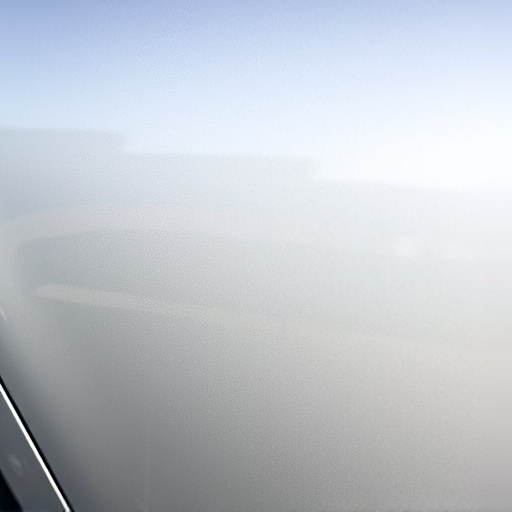
Modern technology plays a pivotal role in ensuring precision during hail damage repair inspections. Advanced diagnostic tools and imaging systems allow for detailed assessments, enabling shops to accurately identify and document each instance of damage. By utilizing high-resolution cameras and 3D scanning technologies, they can capture comprehensive data, providing a clear picture of the vehicle’s condition before and after repairs. This level of precision is crucial in the complex world of auto body repair, where even minor discrepancies can significantly impact the final outcome.
Digital documentation and cloud-based systems further streamline the process. Shops can now efficiently store and share detailed reports, ensuring consistent quality control across different locations. This technology not only facilitates faster repairs but also fosters transparency between shops, customers, and insurance providers, ultimately leading to more accurate hail damage repair and vehicle collision repair outcomes.
Shops employing robust processes, including standardized training and advanced technology, can ensure meticulous hail damage repair. By adhering to clear assessment protocols and leveraging tech tools, businesses streamline the inspection process, leading to more accurate and efficient repairs. This not only enhances customer satisfaction but also contributes to the overall quality and integrity of restoration work.
